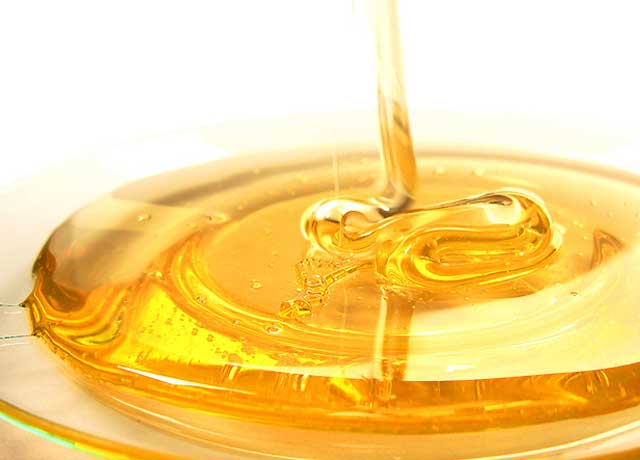Recovering High Value Products Helps Food Factories Maximise Returns

When processing any kind of remotely viscous food product it is inevitable that a certain amount will adhere to surfaces, such as the inside of vessels and pipe work, or become left in equipment after processing. The potential value of this lost product can soon add up, especially when handling large quantities of viscous, valuable products such as honey, syrups and purées. For example, it is estimated that up to 1.4 million tonnes of milk is lost during milk and cheese processing each year in the US alone, which has a retail value of around $4.5 million. The economic impact of losing higher value products is obviously greater. In addition to the financial cost to businesses, at a time when food waste is under increasing scrutiny, it is important that all parts of the food chain are as efficient as possible when it comes to wastage.
The good news is that the processing and packaging part of the food chain is already the most efficient, accounting for just 4% of overall food losses according to the UN Food and Agriculture Organisation (FAO)1. However, there is always room for improvement and management processes and equipment design are the two biggest tools food manufacturers have at their disposal. Many manufacturers are already adopting this type of best practice. For example, since 2009 PepsiCo has reduced food losses at its UK sites by 20% as part of a wider initiative spearheaded by the IGD2.
There are two ways of minimising such losses in equipment and in an ideal situation they will be used in combination. The first involves designing equipment, such as tubular heat exchangers, which prevent product adhering to the surface in the first place – keeping it flowing through the system. The second aspect is the use of dedicated systems to clean and recover product from equipment after processing and before full cleaning occurs.
Many modern heat exchangers are designed to handle viscous fluids without fouling. Some of these units use the corrugated tube designs, while other units used in more demanding situations, use scrapers to continually remove residues from the surface of the tubes before they build up. These heat exchangers can be used for numerous processes, including heating and cooling, cooking, concentrating, pasteurising and sterilising.
This self-cleaning provides two advantages in use. Firstly, as the foodstuff being treated is kept moving and does not adhere to the tube surface losses during processing are minimised. Secondly, because a ‘fouling layer’ is not built up, the optimal thermal performance of the heat exchanger is maintained increasing process efficiency and reducing energy use or treatment times.
No matter how good your equipment is at preventing product build-up, there will come a time when cleaning, usually in the form of cleaning-in-place or CIP, needs to be carried out. Depending on the range of products handled and product complexity this may be required several times a day between production batches. If product remaining in equipment is ‘flushed’ through as part of cleaning procedures then, as shown above, hundreds of thousands of pounds of product could be lost each year.
Traditionally the problem has been overcome by the use of ‘pigging systems’ to physically push product through key parts of the system or to use water or air to push product through, although all have certain disadvantages, including added complexity and the potential to dilute or contaminate products.
These issues have led more and more companies across the world to use inline instrumentation to measure changes in the physical properties of the product. When used alongside water-based recovery, this ensures that the maximum amount of product is recovered without negatively impacting on product quality.
The exact type of monitor, and subsequent control parameters, will of course depend on the product being processed, but physical or chemical factors are typically measured, such as Brix level, pH, viscosity or density. The principle of such control has been proven for many years in pasteurisers and sterilisers, which will include a temperature transmitter and a three-way valve. If for any reason the specified temperature (set point) is not maintained through the holding tube, the temperature transmitter sends a signal to the valve to return the product to the start of the process. The same principle is applied in the HRS Heat Exchangers universal product recovery system. HRS also produce a wide range of heat exchangers, many of which are designed to handle viscous fluids without fouling.
It is worth noting that the same benefits can be provided in reverse, for example when starting production where water needs to be pushed through the system by the product. This HRS system can be installed in any heat exchanger based system with a minimum of adaptation and very little downtime. Due to the amount of product saved, such systems very quickly pay for themselves.
1 Reducing Food Loss and Waste. World Resources Institute Working Paper. http://www.unep.org/pdf/WRI-UNEP_Reducing_Food_Loss_and_Waste.pdf
2 http://www.fooddrinkeurope.eu/our-actions/foodwaste-toolkit/avoid-food-loss-during-processing/